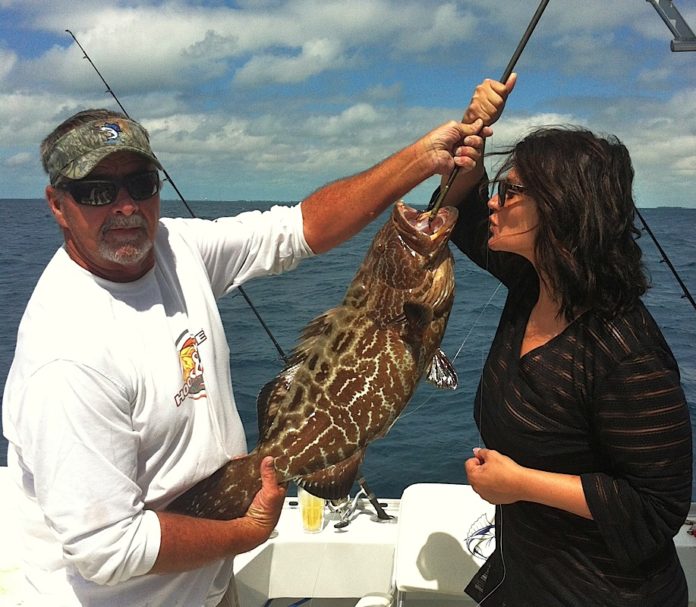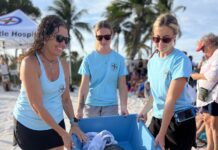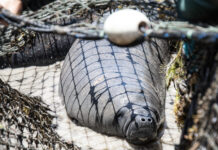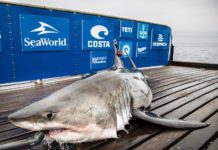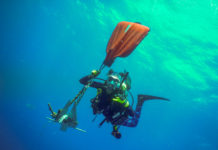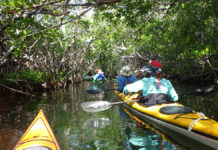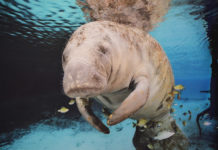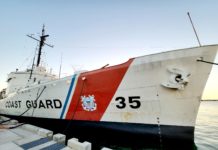Nothing I see from the tower looks as good as the strike of a marlin or big dolphin as it greyhounds for the horizon while attached to my angler’s line. The scream of the reel as line peels off it like a dragster rocketing to 300 mph makes my heart zing! When the weather gets right, I always make the offer to clients to take a chance to “g1o big or go home.”
This week, all those things happened and we rolled the dice and made the run. Keep in mind if you are chartering a big sportfishing boat like Easy Rider (80 feet, 100 tons), that’s a total commitment. You can’t make a 40-mile run south and, if it’s a slow day (or a no day), suddenly decide that you’d prefer to go catch snapper on the reef. There just isn’t enough time in the day to do both.
On a recent trip, we saw the conditions, knew there were big fish out there waiting and so we formulated our plan and headed out to the deep. Weed lines can be productive areas as long as you have bait (flying fish, minnows, etc…) in the area. I make a point not to spend any time working a weedline if it doesn’t look “fishy” to me. If it isn’t holding the normal prey fish that predators look for, I don’t worry about adding my 6 to 8 baits in.
I will also focus on birds. I’m fortunate enough to have a good radar system that allows me to “see” farther than my eyes can. I’ll leave a productive weedline if I spot a cruising frigate close to the water. Just the other day, I followed one for 8 miles before I could get into position to present baits to the fish under it. (In the meantime, I passed up the chance to catch smaller fish that were under terns.) Frigates tend to stay with big fish, but will also mark over smaller schoolies. When I see a cruising frigate this time of year, I’m almost certain to find big dolphin or marlin under them.
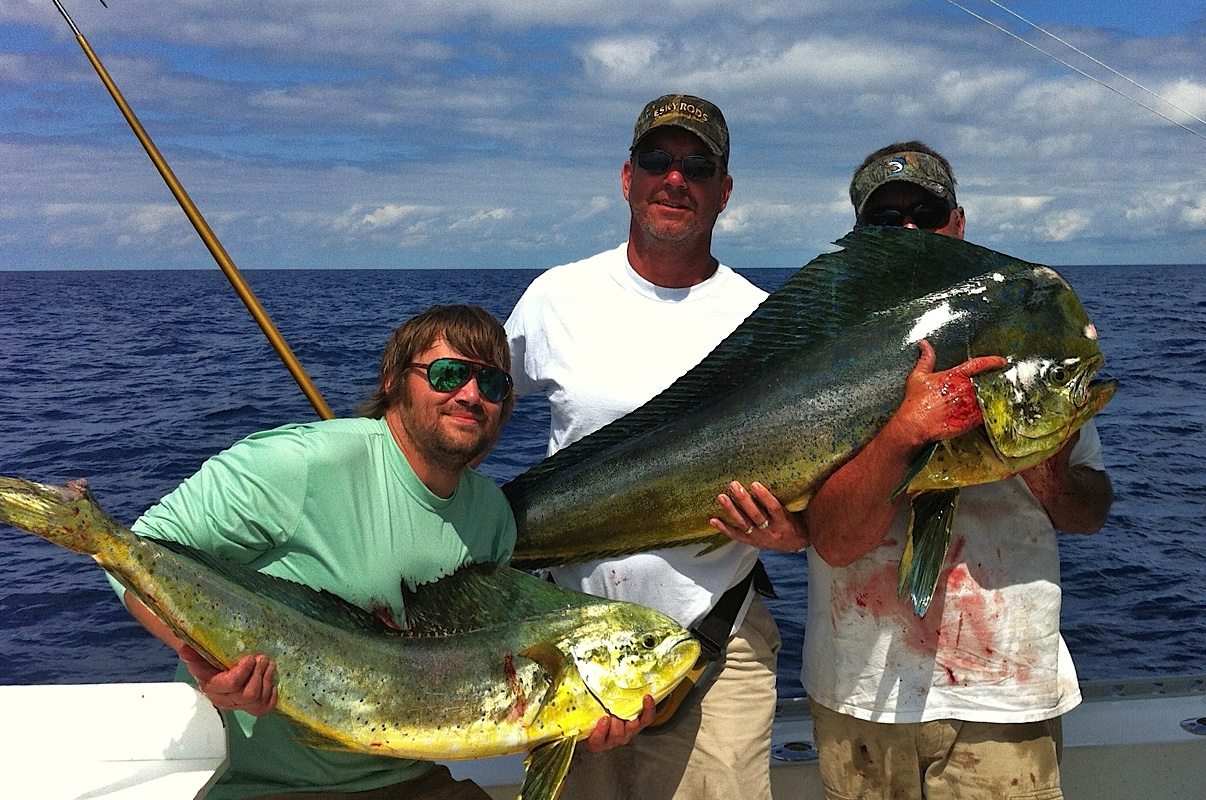
Current and current direction is also important. An easy way to do this is by maintaining your speed (RPMs) and altering your course. If you see an increase or decrease in your speed across ground (GPS Speed), it will indicate the general direction and speed of the current. In the blue water, I’m always looking for east-bound current. Many of those pelagic species we are hunting will travel in the direction of the current. as it is easier.
That’s true for most finish, except tuna. They tend to swim right into the current. If you see a flock of terns working a school of fish that’s headed west, plan on tuna being the species. You will see this from far enough off to make adjustments to your spread. If I plan on targeting the tuna, I will place smaller baits (4 to 6 inches) way back behind the boat. How far back you ask? When you think you far enough back … you’re half way there. Keep that in mind when approaching the school, and don’t alter your speed. Sound travels faster underwater than it does through air and they can tell when the pitch changes. Pick a course that allows you to intercept the school with the baits, not the boat, and try not to make too many adjustments as you near them. You can drive the school down before you even get to them.
So next time winds are east/southeast at less than 10, do you lay-up the shot or “go big or go home”? You make the call.
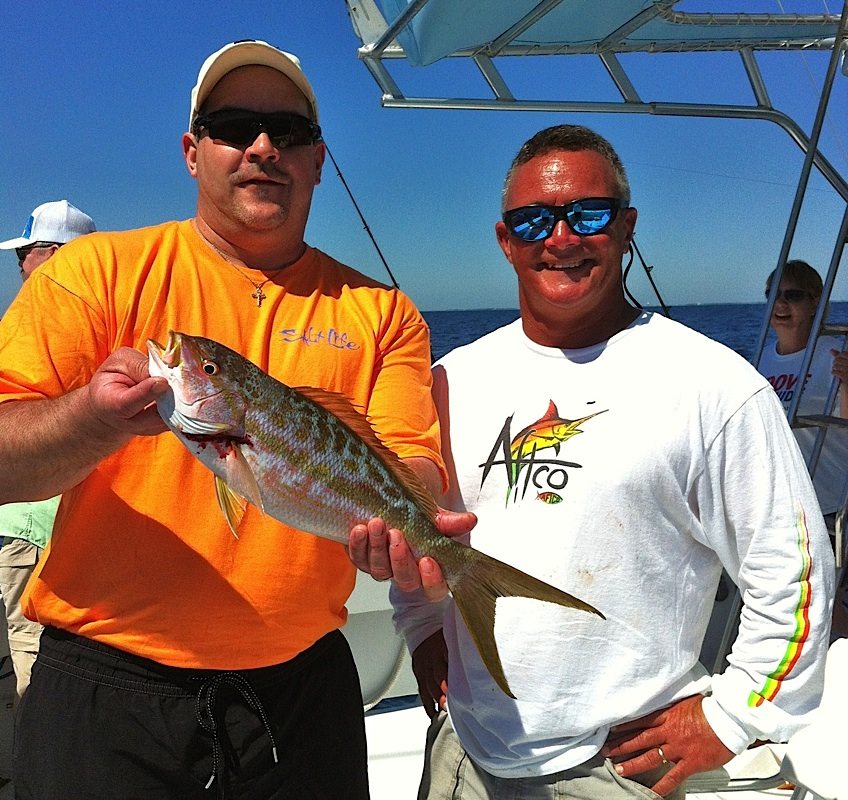
Catch’em Up!
Capt Rob Harris
www.easyridercharterskeywest.com
















